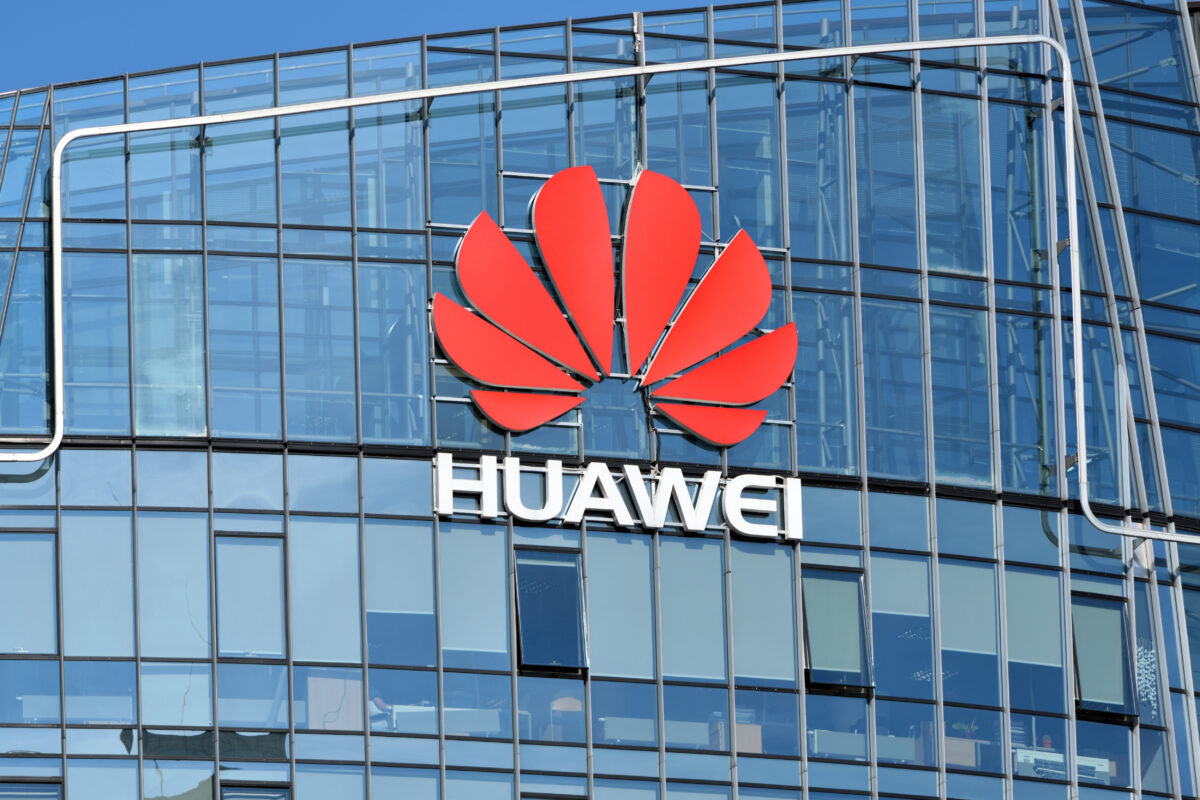TLDRs;
Contents
- Huawei has open-sourced two of its Pangu AI models and reasoning technology to accelerate global adoption of its AI ecosystem.
- The move aims to counteract U.S. chip export restrictions by inviting international developers to build on Huawei’s Ascend AI hardware.
- Baidu also open-sourced its Ernie models on the same day, signaling a broader shift among Chinese tech firms toward open innovation.
- Huawei’s strategy highlights China’s growing confidence in domestic AI chips and its push for self-reliance in critical tech sectors.
Huawei has taken a major step in its artificial intelligence strategy by open-sourcing two of its Pangu series AI models and key model reasoning technologies.
Announced on Monday, June 30, the move underscores Huawei’s ambition to strengthen its position in global AI markets, particularly as it navigates tightening U.S. restrictions on access to advanced semiconductor technology.
By making these AI models publicly available, Huawei aims to foster international collaboration and attract developers and enterprises looking for viable alternatives to Western platforms. The open-source release, part of the company’s broader Ascend ecosystem strategy, is also expected to boost adoption of its Ascend AI chips, which are designed to compete directly with Nvidia’s widely used products.
Huawei Taps Open Source to Circumvent Export Barriers
This decision comes at a time when U.S. trade controls continue to limit Huawei’s access to cutting-edge chip technologies. Rather than backing away from global markets, Huawei is leaning into open-source innovation to keep pace with rivals and expand its influence.
Notably, open-sourcing allows developers and companies worldwide to test and tailor the models for their own use, regardless of geopolitical tensions.
Huawei’s strategy closely mirrors the path taken by other tech giants like Meta and Google, who have combined proprietary hardware with open-source software to rapidly scale their AI ecosystems. By building a feedback loop between its AI models and Ascend chips, Huawei is creating a self-reinforcing ecosystem that encourages third-party development and long-term adoption.
China’s AI Firms Embrace Open Source for Global Reach
Huawei’s open-source release coincides with a similar move by Baidu, which made its Ernie large language models publicly available on the same day. This synchronized shift toward open-source AI by major Chinese tech players signals a coordinated response to increasing Western restrictions. It also reflects a growing belief that open-source platforms can accelerate innovation, improve performance, and attract international developers who value flexibility and transparency.
Huawei has issued an open invitation to researchers, developers, and partners around the globe to explore and build on its models. This could be especially impactful in emerging markets where access to affordable and customizable AI solutions is a priority. In such regions, Huawei’s hardware-software bundle may offer a compelling alternative to more expensive Western options.
Domestic Confidence Rises Amid Tech Decoupling
The move is also a clear indicator of China’s accelerating effort to develop a self-sufficient AI ecosystem. Domestic alternatives like Huawei’s Ascend 910C chip, which has already secured more than $2 billion in pre-orders, show strong demand for homegrown solutions.
Huawei’s chips have been reported to deliver performance levels approaching those of Nvidia’s A100, with upcoming iterations expected to narrow that gap even further.
Baidu’s reported shift from Nvidia to Huawei for AI chip supply is another signal that confidence in China’s semiconductor capabilities is gaining traction. These developments point to a broader transition, where China’s leading tech firms are actively reducing reliance on foreign hardware while promoting homegrown AI technologies through open-source engagement.


